50 Greatest Cinematographers
A director’s best friend
Russell Metty
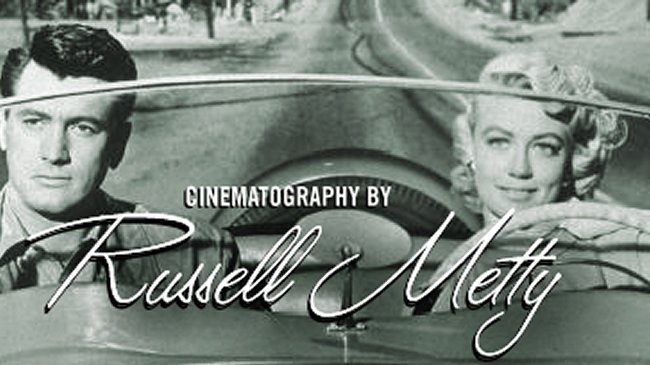
The Cinematographer: An alumnus of John Huston, Steven Spielberg and Orson Welles, Metty showed particular skill on the latter’s The Stranger and Touch Of Evil , particularly in the striking night-time scenes.
He didn’t get on with Stanley Kubrick, though; the pair fought over Spartacus , with Kubrick adamant that he was the real cinematographer…
Greatest Achievement: Touch Of Evil , which proved Metty was adept with black and white, and knew how to manoeuvre a crane for those swooping overhead shots.
Sacha Vierny
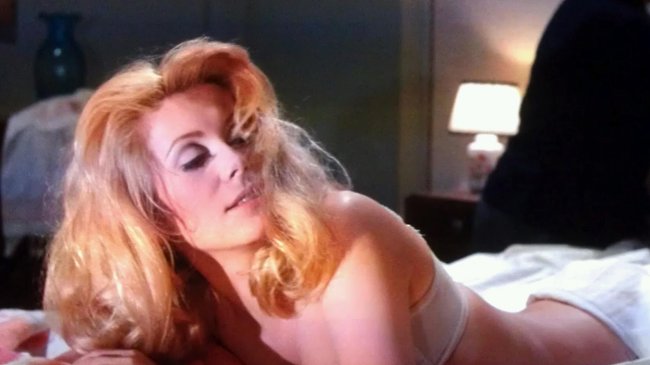
The Cinematographer: Vierny made 10 films with director Alain Resnais between 1955 and 1984, while Peter Greenaway referred to Vierny as his “most important collaborator”.
One of the reasons those two directors loved Vierny was his speed. As Resnais once said: “We knew each other so well that, when we were on set, he could tell the frame and lens I was going to choose just by the way I looked through the viewfinder and moved up or down.”
Greatest Achievement: Belle De Jour , in which Vierny cannily went for frosty lighting to counterbalance the film’s raunchy content.
Charles Rosher
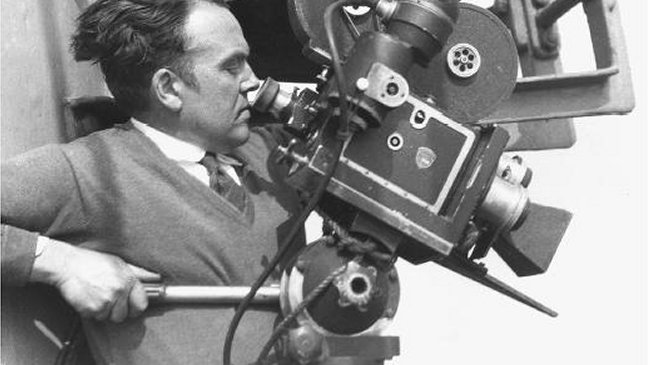
The Cinematographer: The first ever cinematographer to receive an Oscar (in 1929), Rosher was also the first ever full-time movie cameraman when David Horsley set up a Hollywood production company in 1911.
Greatest Achievement: Silent 1927 drama Sunrise , which Rosher worked on with Karl Struss, is considered one of the most important achievements in cinematography.
Maryse Alberti
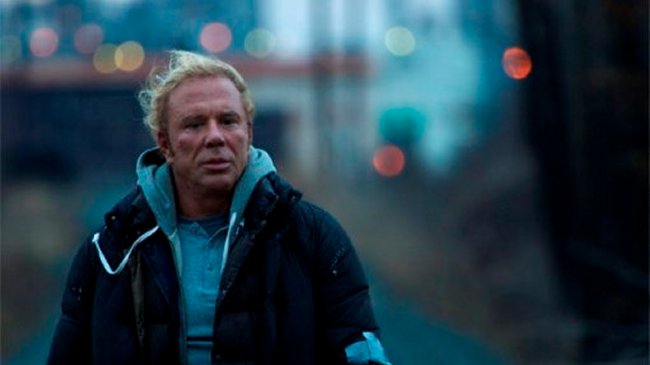
The Cinematographer: A winner of trophies at the Sundance Film Festival and Spirit Awards, Alberti is a French cinematographer who mostly works in American independent cinema.
Her myriad credits include Crumb , Taxi To The Dark Side , Velvet Goldmine and, bizarrely, two early episodes of Sex And The City.
Greatest Achievement: The Wrestler , which Alberti shot on Super 16.
“I really felt that the story needed to be told on film and I knew that the texture of Super 16 would be perfect,” she says. “It’s not a glossy, glamorous story so you need a little bit of grittiness in the image.”
Asakazu Nakai

The Cinematographer: An Oscar-nominated Japanese cinematographer, Nakai was a frequent collaborator of director Akira Kurosawa.
Greatest Achievement: He collaborated with fellow cinematographer Takao Saitô on 1985’s Ran , though he also impressed working solo on 1954’s epic Seven Samurai.
That film was notable for its use of the long lens (over the then-commonplace telephoto lens), which affords Samurai some fantastic wide-angle cinematography – and a noticeable fluidity in movement.
Robert Burks
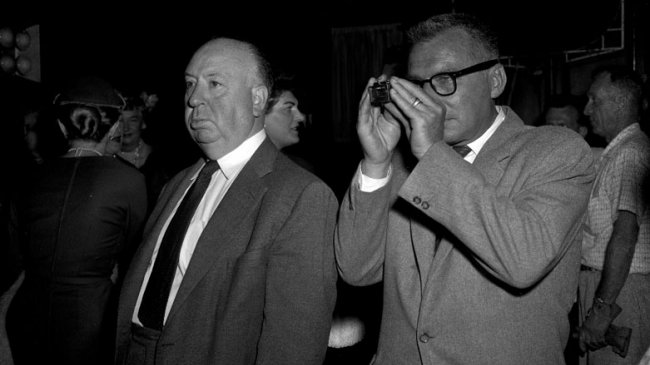
The Cinematographer: A close friend and working buddy of Alfred Hitchcock’s, Burks caught Hitch’s attention with 1950’s The Glass Menagerie . Impressed, Hitch asked him to shoot Strangers On A Train.
The duo went on to create some of cinema’s finest thrillers, among them Rear Window , North By Northwest and How To Catch A Thief.
Greatest Achievement: Vertigo , which embraced VistaVision and created something equal parts beautiful and nightmarish.
Gordon Willis
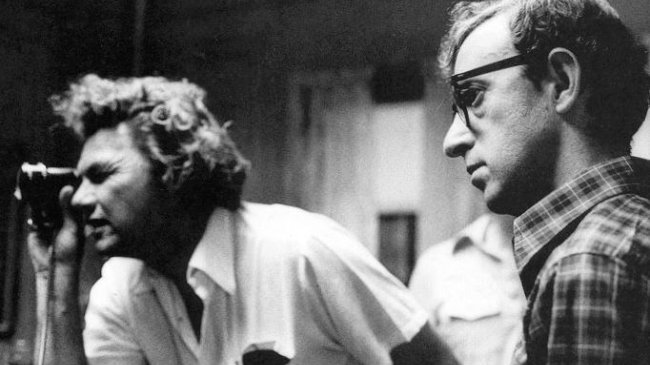
The Cinematographer: His love for rich blacks and dimly-lit interior shots earned him the moniker ‘prince of darkness’, not least because he used those techniques to ghoulish effect on The Godfather trilogy.
Greatest Achievement: The Godfather is his best known film, though he also did amazing work on Woody Allen’s Zelig , helping to create a faded 1920s look for the film.
Sign up for the Total Film Newsletter
Bringing all the latest movie news, features, and reviews to your inbox
Sven Nykvist
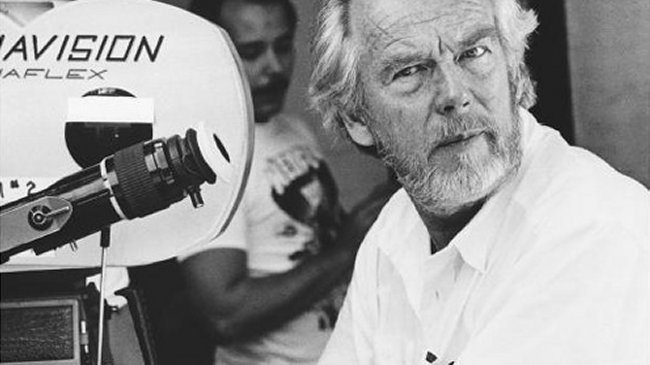
The Cinematographer: One of Ingmar Bergman’s favourite cinematographers, Nykvist was celebrated for his simple approach to some of cinema’s most startling images – something most evident in his love for natural lighting.
After working with Bergman, he went on to collaborate with other cinematic greats Roman Polanski and Andrei Tarkovsky.
Greatest Achievement: Persona , which includes the mesmerising shot of twilight slowly creeping into a hospital room.
Sergei Urusevsky
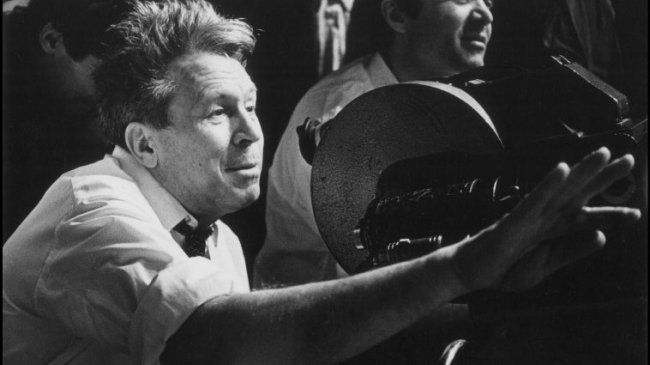
The Cinematographer: Renowned for his wily cinematic language, Urusevsky’s finest work came when he knocked heads with director Mikhail Kalatozov.
His favourite techniques were a use of deep focus and gravity-defying tracking shots, all of which would take a decade to reach Western filmmaking.
Greatest Achievement: I Am Cuba , which comes equipped with that mind-bending opening tracking shot – devised entirely by Urusevsky.
Subrata Mitra
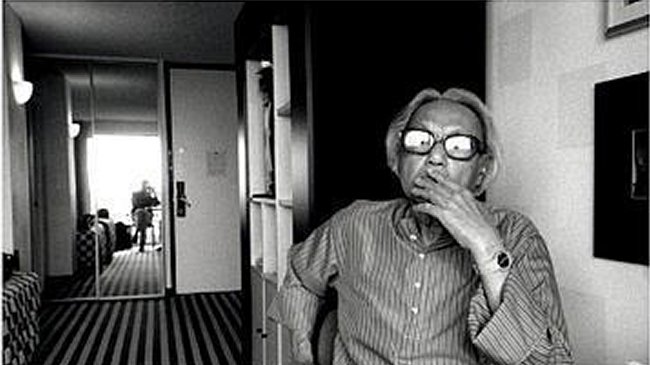
The Cinematographer : A native of West Bengal, Mitra rose to prominence thanks to his work with director Satyajit Ray.
He was responsible for inventing the technique of ‘bounce lighting’, in which a set or location is illuminated by bouncing light from an off-camera surface.
Greatest Achievement: The Apu Trilogy , with its poetic lighting.
Josh Winning has worn a lot of hats over the years. Contributing Editor at Total Film, writer for SFX, and senior film writer at the Radio Times. Josh has also penned a novel about mysteries and monsters, is the co-host of a movie podcast, and has a library of pretty phenomenal stories from visiting some of the biggest TV and film sets in the world. He would also like you to know that he "lives for cat videos..." Don't we all, Josh. Don't we all.


